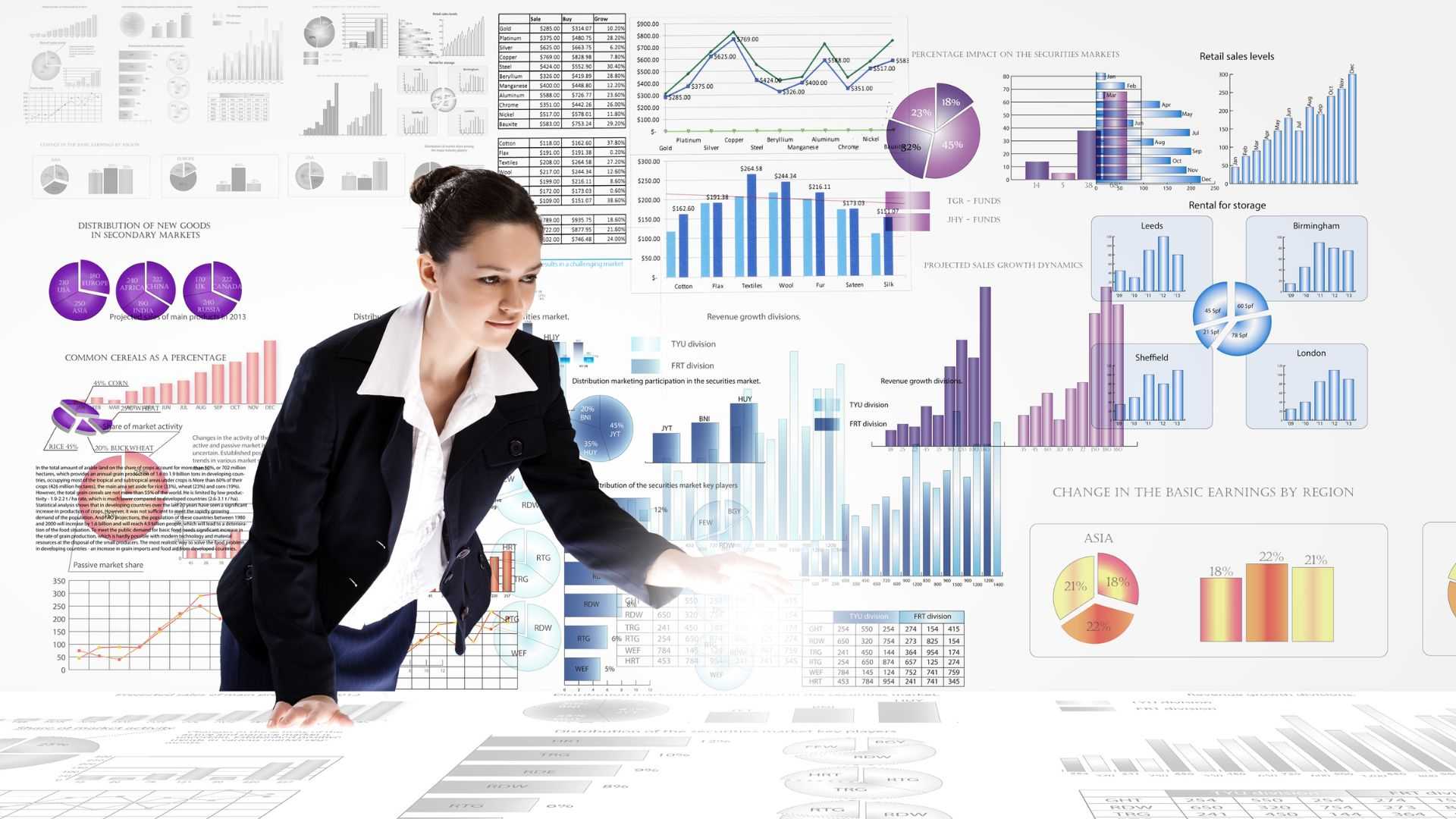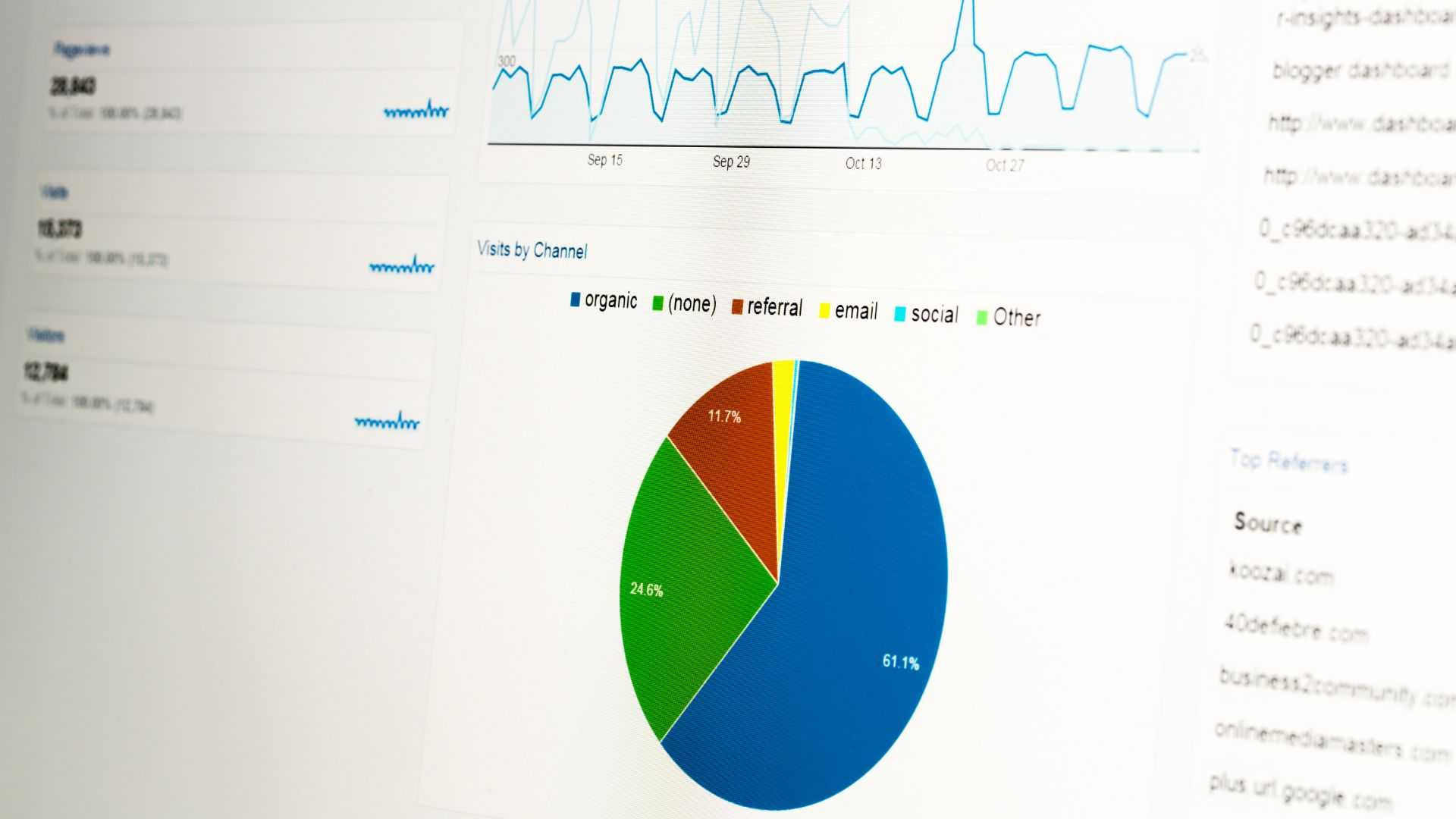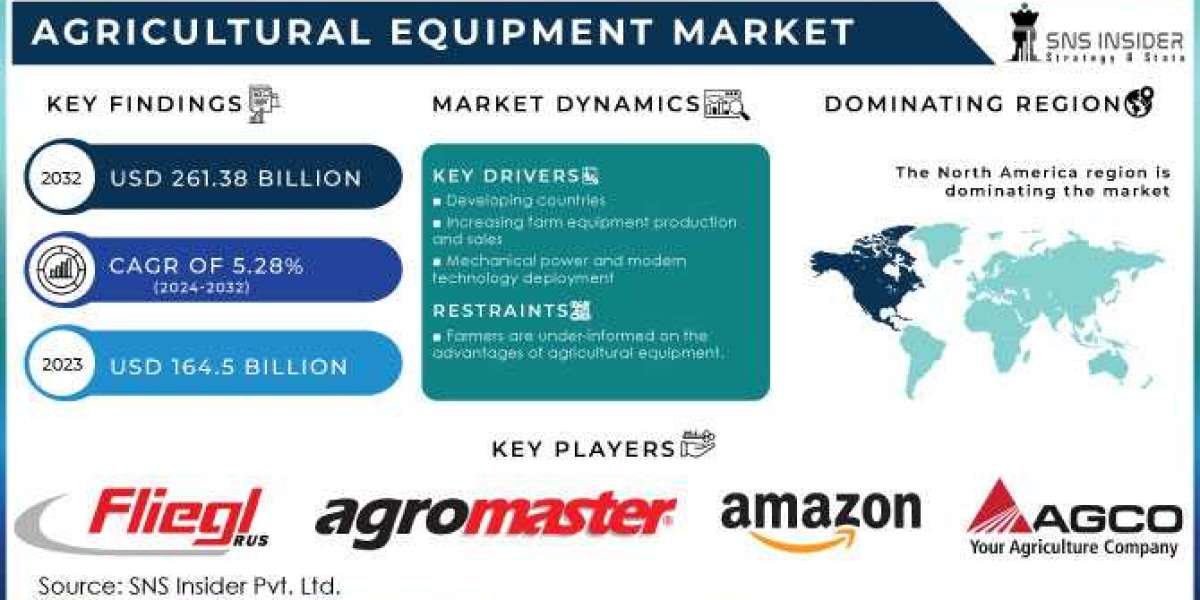Imagine a treasure trove of hidden insights buried beneath mountains of data. This is the reality businesses face today. In this digital age, data is being generated at an unprecedented rate – from online transactions and social media activity to sensor readings and customer interactions.
Unlocking the Power of Big Data Analytics
Big data analytics involves examining large and complex datasets to uncover meaningful patterns, trends, and insights. Businesses can transform raw data into actionable intelligence by utilizing advanced analytical techniques and specialized tools.
Key Benefits of Big Data Analytics

1. Improved Decision Making:
- Data-Driven Insights: Big data analytics gives businesses a deeper understanding of customer behaviour, market trends, and operational efficiency. Companies can gain valuable insights that inform strategic decision-making by analyzing vast data.
- Reduced Risk: By identifying potential risks and opportunities early on, businesses can proactively adjust their strategies, minimizing possible losses and maximizing returns.
2. Enhanced Customer Experience:
- Personalized Experiences: Big data analytics enables businesses to understand individual customer preferences and behaviours. This allows for customized marketing campaigns, product recommendations, and customer service experiences, increasing customer satisfaction and loyalty.
- Improved Customer Retention: Businesses can identify at-risk customers and proactively address their concerns by analyzing customer data, reducing churn rates and improving customer retention.
3. Increased Efficiency and Productivity:
- Optimized Operations: Businesses can identify bottlenecks and inefficiencies in their processes by analyzing operational data. This allows for process optimization, improved resource allocation, and increased productivity.
- Predictive Maintenance: In industries like manufacturing, big data analytics can be used to predict equipment failures, enabling proactive maintenance and minimizing downtime.
4. Competitive Advantage:
- Data-Driven Innovation: By leveraging big data analytics, businesses can gain a competitive edge by developing innovative products and services, identifying new market opportunities, and staying ahead of the curve.
- Improved Market Share: By understanding customer needs and market trends better than competitors, businesses can effectively target their marketing efforts and gain a larger market share.
Real-World Examples of Big Data Analytics in Action
- E-commerce: Amazon utilizes big data analytics to personalize product recommendations, optimize logistics, and target advertisements effectively.
- Healthcare: Hospitals use big data analytics to analyze patient data, predict disease outbreaks, and improve patient outcomes.
- Finance: Banks use big data analytics to detect fraud, assess credit risk, and personalize financial products.
Implementing Big Data Analytics in Your Business

- Data Collection and Storage: Establish robust data collection and storage infrastructure to capture and store all relevant data.
- Data Cleaning and Preparation: Cleanse and prepare data for analysis by removing errors, inconsistencies, and redundancies.
- Choose the Right Tools: Select appropriate analytical tools and technologies based on your business needs and budget.
- Build a Skilled Team: Invest in training and development to build a team with the necessary skills to analyze and interpret data effectively.
- Start with a Pilot Project: Begin with a small-scale pilot project to test the feasibility and effectiveness of big data analytics within your organization.
In today's data-driven world, big data analytics has become an indispensable asset for businesses of all sizes. By leveraging the power of big data, companies can unlock valuable insights, improve decision-making, enhance customer experiences, and gain a significant competitive advantage.
FAQs:
What is the difference between big data and data analytics?
Big data refers to large and complex datasets. Data analytics is the process of examining these datasets to extract meaningful insights.
What are some standard tools used for big data analytics?
Popular tools include Hadoop, Spark, Tableau, Power BI, and Python libraries like Pandas and Scikit-learn.
How can I get started with big data analytics in my business?
Start with a small-scale pilot project, invest in data infrastructure, and build a skilled team.
What are the potential challenges of implementing big data analytics?
Challenges include data quality issues, security concerns, and the need for specialized skills.
How can big data analytics improve customer satisfaction?
By enabling personalized experiences, improving customer service, and identifying areas for improvement.














